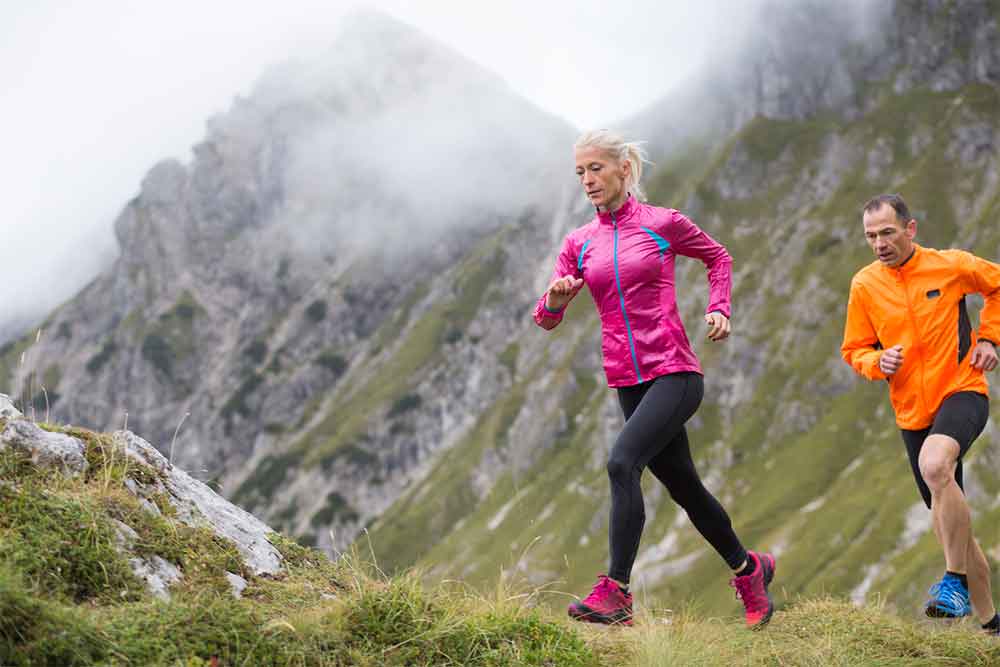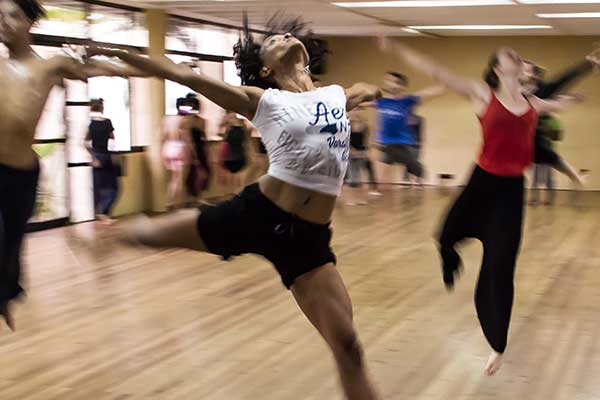Cultivating Meaning Through Improvisational Dance
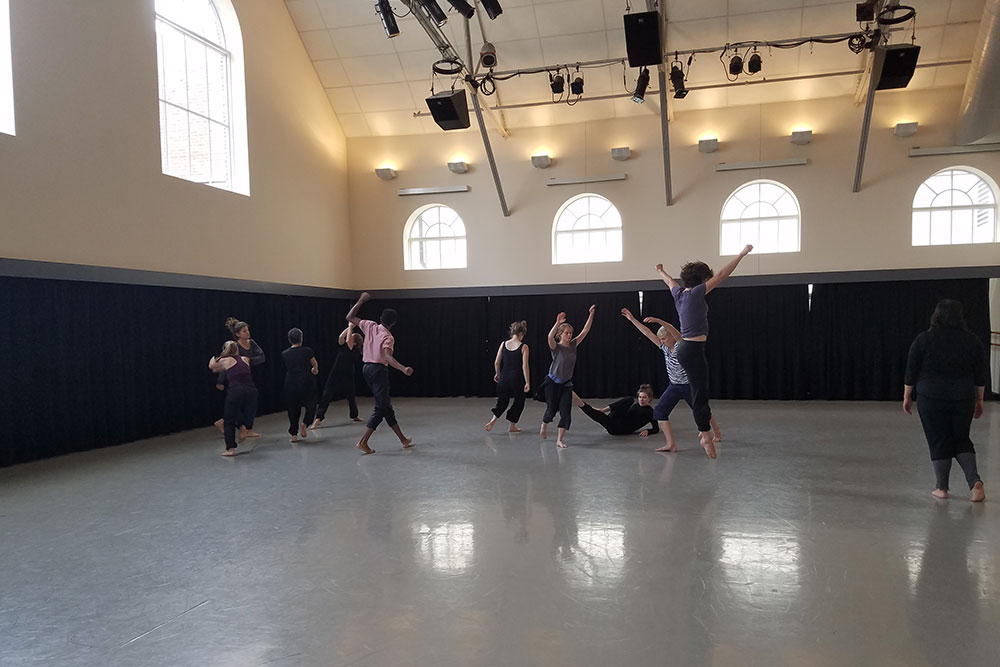
Julia C. Basso, PhD
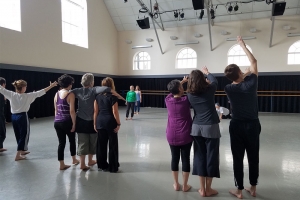 I just returned from the annual Movement Intensive in Compositional Improvisation (MICI) led by a dance company known as The Architects. This group is composed of four wonderful women and mentors of mine, Katherine Ferrier, Lisa Gonzales, Jennifer Kayle, and Pamela Vail. This group developed out of another group known as The Giants of Sciants, composed of a group of virtuoso dancers and choreographers based out of Middlebury and Bennington College (Penny Campbell, Terry Creach, Peter Schmitz, Susan Sgorbati), who established this work and led a workshop for 10 consecutive years known as the Workshop in the Performance of Improvisation (WIPI).
I just returned from the annual Movement Intensive in Compositional Improvisation (MICI) led by a dance company known as The Architects. This group is composed of four wonderful women and mentors of mine, Katherine Ferrier, Lisa Gonzales, Jennifer Kayle, and Pamela Vail. This group developed out of another group known as The Giants of Sciants, composed of a group of virtuoso dancers and choreographers based out of Middlebury and Bennington College (Penny Campbell, Terry Creach, Peter Schmitz, Susan Sgorbati), who established this work and led a workshop for 10 consecutive years known as the Workshop in the Performance of Improvisation (WIPI).
The Architects took the work established from this previous quartet and made it their own. As The Architects describe it, this work “balances in-depth individual exploration with rigorous practice in spontaneous ensemble dance-making…Each kinesthetic-conceptual proposition acts as an entrance point for the mover and composer, a window into authenticity, connection, depth and range.”
From June 18th to 24th, a group of approximately 30 dancers from all over the world gathered at Franklin and Marshall College in Lancaster, PA, where Pamela Vail is an Associate Professor of Dance, to practice this very meaningful work together.
This practice is one of paying attention. Four overarching rules guide the work. These rules come out of the teachings of Angeles Arrien in her book, The Four-Fold Way: Walking the Path of the Warrior, Teacher, Healer and Visionary. They are as follows:
-
Show up and choose to be present
-
Pay attention to what has heart and meaning
-
Tell the truth without blame or judgement
-
Be open to outcome, not attached to outcome
For a full week, we spend hours a day noticing what we notice, expanding our attention and enhancing our conscious awareness. We often start the day warming into working – a luxurious time of paying attention to what we need, how our body feels, what we are thinking, what we sense, and indulging in what feels good and pleasurable. This work often begins with the eyes closed, but eventually we are invited to open our eyes. We take a soft gaze, allowing light in, and begin to notice what others in the room are doing, what they are exploring. When it feels right, following intuition and impulse, we begin to come in relation to others in the room, creating duets, trios, or larger groupings.
A Group State of Mind
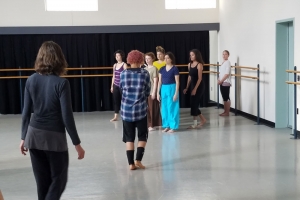 The group intention is one of “we-intention”, to create a group mind (Hasan & Kayle, 2016). The idea is that you are totally in, but utterly out at the same time, meaning that you are completely focused on what you are doing while fully understanding what the group is doing as a whole. In this way, we communally create art in the moment. The work emerges spontaneously from each idiosyncratic individual working as a collective unit. It is a fully ephemeral process, one that exists only in the now.
The group intention is one of “we-intention”, to create a group mind (Hasan & Kayle, 2016). The idea is that you are totally in, but utterly out at the same time, meaning that you are completely focused on what you are doing while fully understanding what the group is doing as a whole. In this way, we communally create art in the moment. The work emerges spontaneously from each idiosyncratic individual working as a collective unit. It is a fully ephemeral process, one that exists only in the now.
After the warmup, we participate in exercises that allow us to examine our movement making in a specific way. For example, one dancer may be assigned the role of leader or instigator, while the second dancer is assigned the role of responder, and the third dancer is assigned the role of framer. In this simple score, we are asked to create a full piece of say 5 minutes that has a distinct beginning and end. These types of practices enable us, as one of The Architects describes it, to put a certain lens on the work. Each of these exercises expands our ability to pay attention to the work in a different way. The day culminates in us creating pieces together, lasting from as little as one minute to over an hour.
In between all of the dance making, we participate in extensive group conversations about the work. The Architects note that, “the artistic integrity of one’s voice is sharpened in conversation with the whole and a dialogue emerges as individual aesthetics meet, interact and expand…group discussions contribute to conscious integration of the experiential and the conceptual.” This dialogue puts the work into context and allows the dancers to explore their discoveries with each other through language.
Community and Connection
Along with being an ephemeral art-making process, this work has implications for the world. A question that we all ask during our time together is, “how can we translate this work from the dance floor to the other communities (e.g., social, religious, political, etc.) that we are a part of?” As Katherine Ferrier puts it, in this work, “we are called to care for each other – to take care of the thing that we are making together – to hone the skills to listen and attend so that we can make choices.” Having been a practitioner of this work for almost 15 years, I can tell you that I always leave these week-long intensives with a renewed sense of who I am and why being a part of community and in connection with others is of utmost importance.
For more information on this amazing workshop, you can check out: https://www.architectsdance.org/. In addition, if anyone is interested in participating in this work sooner rather than later, Katherine Ferrier, dancer, quiltmaker, poet, and woman extraordinaire, is offering a workshop called Sudden Shifts – Movement Training for the Resistance from August 14th through 18th at the Abrons Art Center in New York City.
Related Article: Mindfulness – What Does That Even Mean?
(adsbygoogle = window.adsbygoogle || []).push({});
You Might Like:
Keep Moving – Aerobic Exercise Increases College GPAs
Julia C. Basso, PhD Reporting from the 2017 Annual Society for Neuroscience Meeting (Basso JC, Crosta C, Raskin M, Wang A, Kadakia D, Choi J, Milburn E, Trivedi R, Suzuki WA) Long-term aerobic exercise enhances mood...Exercise May Improve Brain Health In Adolescent Binge Drinking
Julia C. Basso, PhD Reporting from the 2017 Annual Society for Neuroscience Meeting Exercise highlight 5: Voluntary exercise restores adolescent binge ethanol-induced loss of basal forebrain cholinergic neurons in adulthood (RP Vetreno, FT Crews) The...Sense & Movement – A Surprisingly Unique Phenomenon
Julia C. Basso, PhD Reporting from the 2017 Annual Society for Neuroscience Meeting The ability to adapt your movement to signals or cues in the environment is known as sensorimotor adaptation, the focus of one...Learning, Memory, & Decision Making
Julia C. Basso, PhD Reporting from the 2017 Annual Society for Neuroscience Meeting Making good decisions requires memory. Take for example, the hangover (maybe that some of us are experiencing today after the reunion with...What Factors Determine Ultra-Marathon Success?
Julia C. Basso, PhD 100 miles is approximately the distance from the surface of the earth to the planet’s boundary, called suborbital space. This is also the distance run by ultra-marathon racers. To be considered...Exercise & Celiac Disease
Julia C. Basso, PhD Eating gluten free seems to be in fashion at the moment. You can find gluten free foods at almost every super market these days. However, for some gluten free is not...(adsbygoogle = window.adsbygoogle || []).push({});





